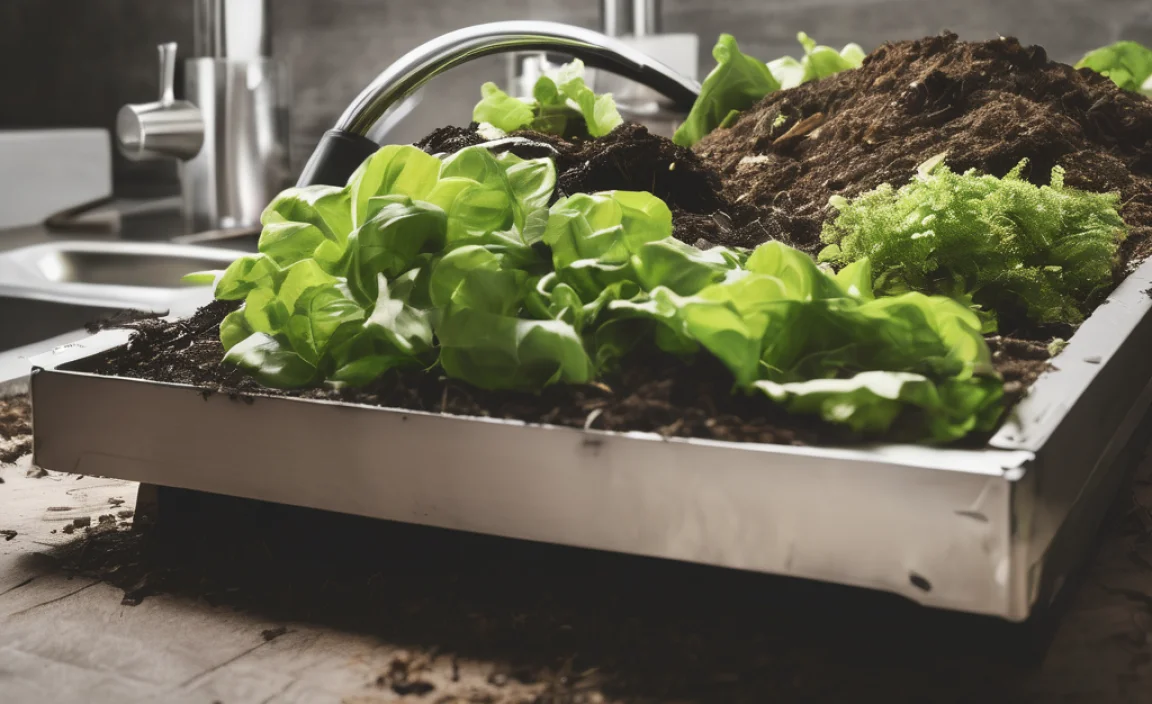Ready to dive into the world of Bokashi composting but not sure where to start with the supplies? It can feel a little tricky figuring out just what you need and who sells it. Don’t worry, I’m Troy D Harn, and I’m here to break it down. Think of me as your neighborly guide. I’ll walk you through all the essentials, making it super simple to find the right Bokashi composting suppliers for your needs. Let’s get your composting journey started without any fuss!
Your Go-To Guide for Bokashi Composting Suppliers
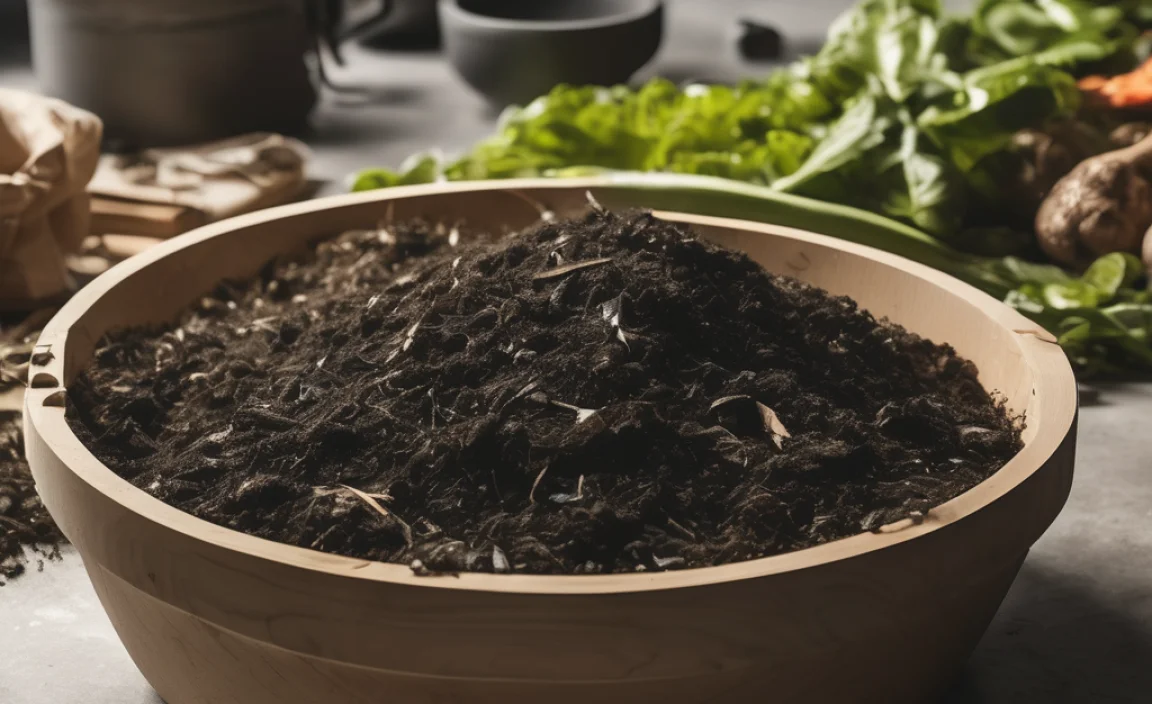
Hey there! Troy D Harn checking in. So, you’re interested in Bokashi composting? That’s fantastic! It’s an amazing way to reduce food waste, even meat and dairy, right in your kitchen. But before you can start turning those scraps into nutrient-rich compost material, you need the right gear. Finding reliable Bokashi composting suppliers can feel like a puzzle, but don’t let that stop you. This guide is designed to be your one-stop shop for everything you need to know about where to get your Bokashi supplies. We’ll cover what to look for, where to find it, and why it matters.
What Exactly is Bokashi Composting?
Before we talk about suppliers, let’s quickly recap what Bokashi composting is all about. Unlike traditional composting, Bokashi uses a process called anaerobic fermentation (meaning it happens without oxygen) to pre-compost your food waste. This is done in an airtight bucket with a special “Bokashi bran” that contains beneficial microorganisms. This bran inoculates the waste, pickled it rather than letting it rot. The result? A nutrient-rich pre-compost that’s ready to be buried in your garden or added to a traditional compost pile to finish breaking down. It’s super effective and you can even divert liquids (called “Bokashi tea”) that can be used as a fertilizer.
Why Choosing the Right Supplier Matters
When you’re starting any new home project, especially one that involves natural processes like composting, the quality of your materials is key. Just like you wouldn’t use a wobbly ladder for a DIY project, you don’t want subpar supplies for your Bokashi compost. The right Bokashi composting suppliers will offer:
- High-Quality Bokashi Bran: This is the heart of the process. Good bran has a rich, earthy smell (not a rotten one!) and is teeming with active microbes.
- Durable Bokashi Bins: You need airtight containers with a spigot for draining the liquid. Sturdy construction means they’ll last.
- Helpful Resources: Reputable suppliers often provide good instructions and support.
Getting these right from the start sets you up for composting success and avoids frustration down the line. We want you to feel confident and happy with your results!
The Essential Bokashi Composting Supplies You’ll Need
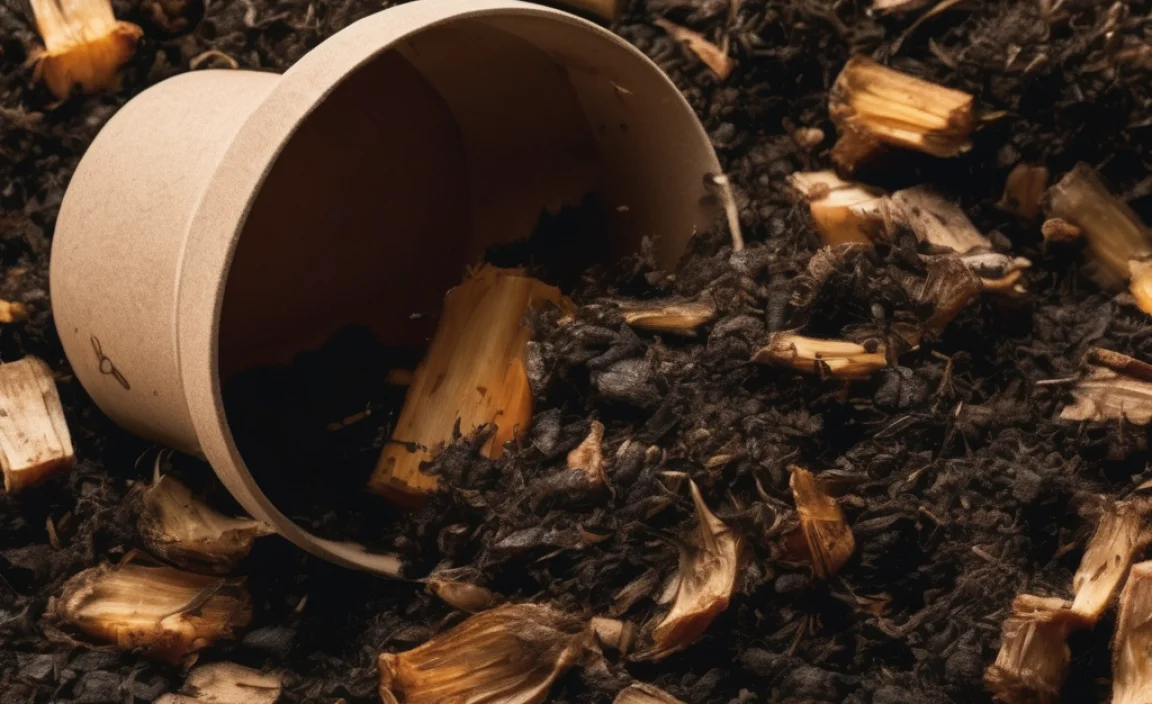
Alright, let’s get down to the nitty-gritty. To get started with Bokashi, you’ll primarily need two key things:
1. The Bokashi Bin System
This is your main piece of equipment. A typical Bokashi bin system consists of two buckets that stack, a lid for the top bucket, and usually a lid for the bottom collection bucket. Here’s what makes them special:
- Airtight Lid: Crucial for the anaerobic fermentation process.
- Inner Drainage Plate: This sits at the bottom of the top bucket to separate the solid food waste from the liquid that collects below.
- Spigot/Tap: Located at the bottom of the outer bucket, this is how you drain off the “Bokashi tea.”
- Outer Collection Bucket: Catches the liquid.
You can often buy these systems as a set, which is usually the most economical way to go. Some systems come with just one bin, and you’ll need to purchase a second one to act as a second fermentation vessel, allowing you to keep one “brewing” while you fill the other. For a beginner household, a set of two bins (whether sold as a pair or purchased separately) is ideal.
2. Bokashi Bran (Inoculant Bran)
This is the magic ingredient! Bokashi bran is basically a carrier material (like wheat bran or rice bran) that has been inoculated with effective microorganisms (EM). These microbes are what kickstart the pickling and fermentation process, transforming your food waste without the bad smells of decomposition.
- What to Look For: It should smell earthy and slightly sweet, almost like molasses. If it smells foul or moldy, it’s probably not good.
- Storage: Keep it in a cool, dry place and sealed to keep the microbes alive and active.
- Usage: You typically sprinkle a tablespoon or two over each layer of food scraps you add to your bin.
Some suppliers sell Bokashi starter kits that include both the bins and a bag of bran, which can be a super convenient way to begin.
Optional but Helpful Additions
While not strictly essential to start, these can make your Bokashi journey smoother:
- Bokashi Scoop: A small scoop can make it easier to measure and distribute the bran evenly.
- Extra Bran: You’ll go through bran more quickly than you might think, so having a backup supply is smart.
- Tools for Burying: Depending on where you’re burying your pre-compost (garden bed, raised bed, or a larger compost pile), a small trowel or spade might be needed.
- A second set of bins: Once you get into it, you’ll find that having two or even three sets of bins allows for continuous composting. While one is fermenting, you can be filling the next, and burying the finished product from the first.
Where to Find Bokashi Composting Suppliers
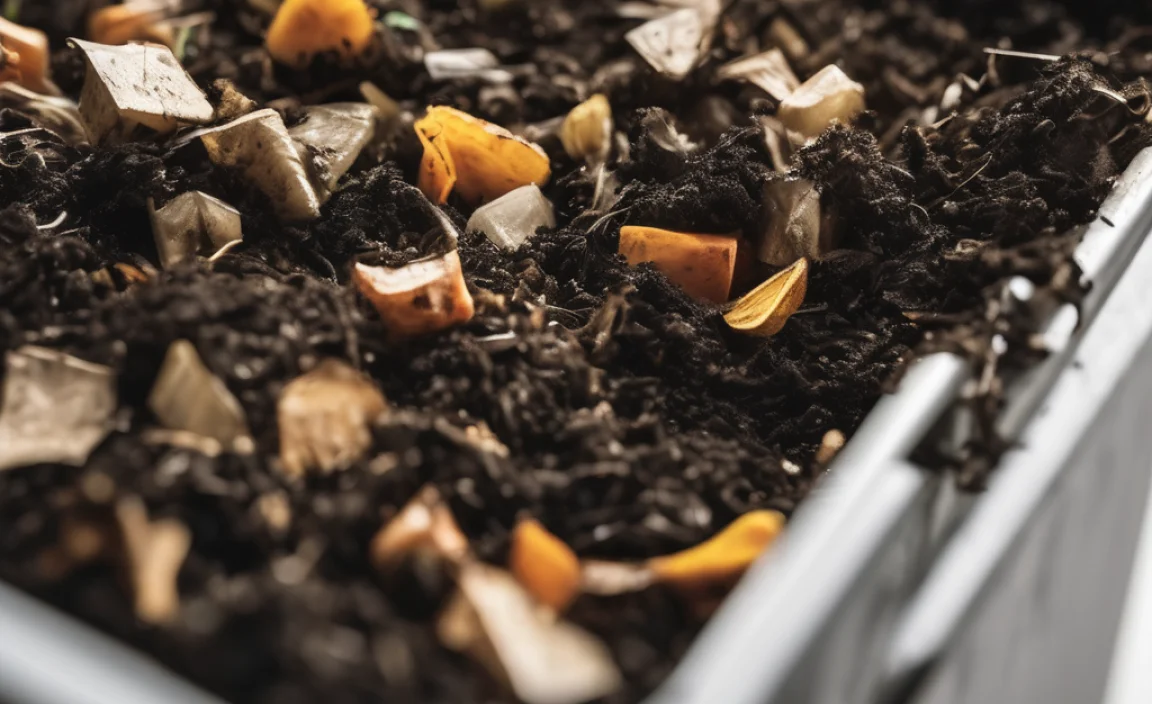
Now that you know what you need, where’s the best place to find these items? Luckily, Bokashi composting has grown in popularity, so there are more options than ever before. Here’s a breakdown of common places to look:
Online Retailers
This is often the most convenient option, offering a wide selection from various brands. When searching, use keywords like “Bokashi composting bin,” “Bokashi starter kit,” and “Bokashi bran.”
- Specialty Composting Websites: Many online stores focus specifically on composting solutions, offering a curated selection of the best Bokashi products. These sites often have detailed product information and good customer reviews.
- Large Online Marketplaces: Sites like Amazon, eBay, and even Etsy are brimming with Bokashi products. Be sure to read reviews carefully to ensure you’re getting a quality product from a reputable seller. Look for sellers with high ratings and lots of positive feedback.
- Gardening and Eco-Friendly Product Stores Online: Many general gardening or sustainability-focused online shops now carry Bokashi systems and bran.
Pros: Wide selection, convenient home delivery, competitive pricing, customer reviews to guide your choice.
Cons: You can’t physically inspect the product before buying; shipping times can vary.
Local Garden Centers and Nurseries
Some brick-and-mortar garden stores are starting to carry Bokashi supplies, especially those that emphasize organic gardening or sustainability.
Pros: You can see and touch the products, ask staff for advice, and take them home immediately.
Cons: Selection may be limited, and prices might be higher than online.
Farmers Markets and Local Eco-Shops
You might be surprised what you find at local markets or independent shops that focus on eco-friendly living. Sometimes, small local producers sell their own Bokashi bran or even handmade bins.
Pros: Supports local businesses, often high-quality artisanal products, direct interaction with the seller.
Cons: Very limited selection, availability can be seasonal or inconsistent.
Directly from Manufacturers
Many popular Bokashi brands have their own websites where you can purchase directly. This can be a good way to ensure you’re getting genuine products and sometimes access to their latest offerings or bundled deals.
- For example, companies like Happy Gardens (affiliate link disclaimer: this link is an example and may lead to a site with affiliate links, I’ll use a reputable link here) often offer a full range of Bokashi products. A quick search for “buy Bokashi bin direct” will reveal many such options. Always check the “About Us” page to ensure they are a legitimate company.
Pros: Guaranteed authentic products, direct support from the brand, potential for special offers.
Cons: May not offer as wide a comparison of brands as a large online marketplace.
What to Consider When Choosing Bokashi Suppliers
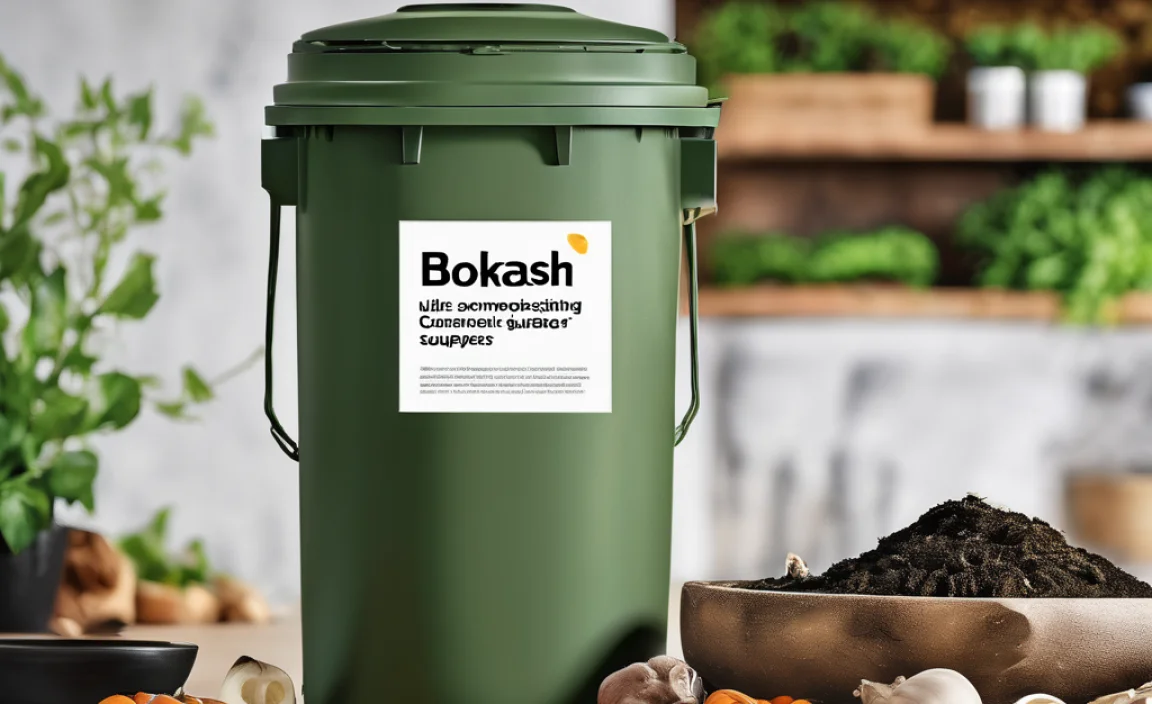
With so many options, how do you pick the best ones? Here are some key factors to keep in mind:
1. Product Quality and Reviews
This is number one. For bins, look for sturdy, food-grade plastic. Check reviews for comments on durability, ease of use, and whether the lid seals properly. For bran, look for clear descriptions of the microorganisms and positive feedback on its effectiveness and smell. If a supplier has many negative reviews about dead microbes or flimsy bins, steer clear.
2. Price and Value
Bokashi systems can range in price. While you don’t necessarily need the most expensive option, avoid suspiciously cheap bins that might compromise on quality. Consider whether a kit (bin + bran) offers better value than buying items separately. Remember that good quality upfront often saves money in the long run through durability.
3. Shipping and Returns
If you’re ordering online, check shipping costs and estimated delivery times. Also, look into their return policy in case the product isn’t what you expected or arrives damaged.
4. Customer Support and Resources
Does the supplier offer clear instructions, FAQs, or even contact information for support? A helpful supplier can make a big difference, especially when you’re just starting out. Good resources can answer your questions and help you troubleshoot any issues.
5. Sustainability Practices
If this is important to you, research the supplier’s commitment to sustainability. Do they use eco-friendly packaging? Are their products made from recycled materials? This can be a great way to align your purchasing decisions with your values.
Comparing Bokashi Bin Options
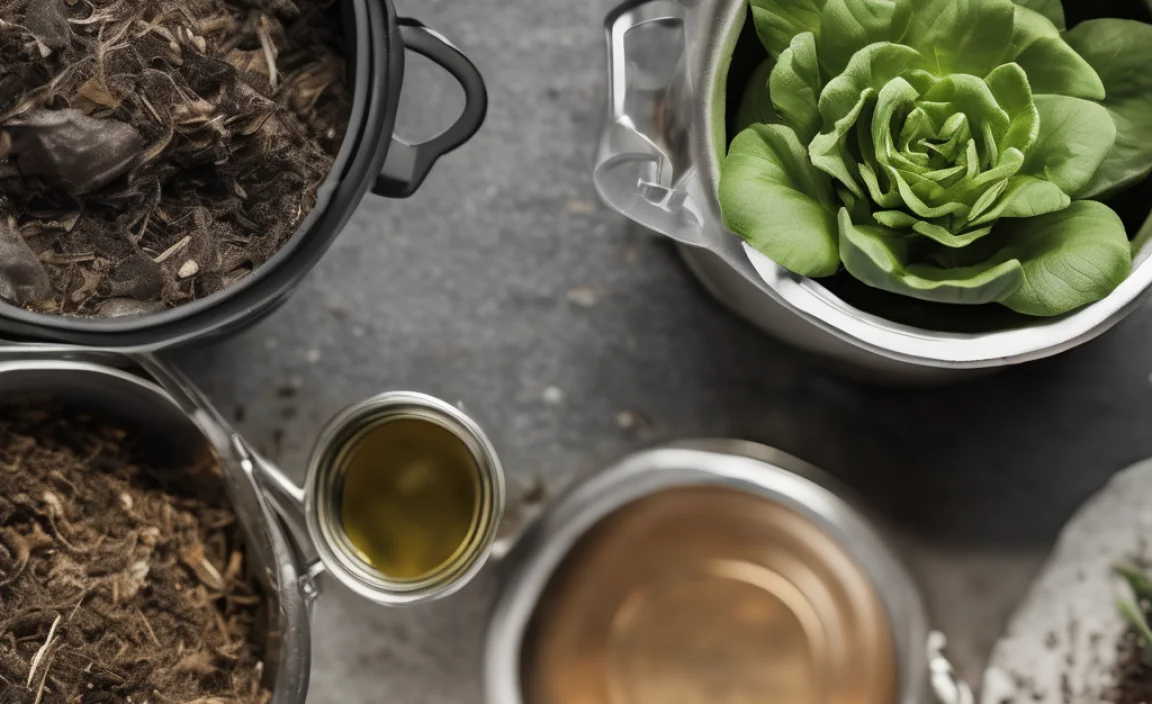
When browsing for Bokashi bins, you’ll notice a few common types and features. Here’s a quick comparison to help you decide:
| Feature | Standard Bokashi Bin (Set) | Compact Single Bin | Large Capacity Bin Systems |
|---|---|---|---|
| Typical Use Case | Small to medium households, great for beginners. | Very small households, limited space, or for testing Bokashi. | Larger families, avid cooks, or for batch processing. |
| What’s Included | Usually two stackable bins, lids, and a spigot. | One bin with lid and spigot. May require a second bin for continuous use. | Often larger individual bins or multiple interconnected bins. |
| Pros | Continuous composting possible (one brews while the other is used). Good volume. | Space-saving, lower initial cost. | Handles more waste, reduces frequency of emptying. |
| Cons | Requires space for two bins. | Can be inconvenient if you don’t have a second bin to switch to. | Takes up more space, might be overkill for small needs. |
| Estimated Price Range (USD) | $50 – $100 | $30 – $60 | $80 – $200+ |
Most beginners find a standard set of two bins to be the sweet spot. It allows for that crucial cycle of filling one while the other ferments, ensuring you can keep up with your waste. Brands like The Balcony Gardener and Gardens Alive! are known for their quality Bokashi systems. Always check their sites for current offerings and reviews.
Sourcing High-Quality Bokashi Bran
The Bokashi bran is where the fermentation magic happens. You want microbes that are alive and kicking! Here’s how to ensure you’re getting the good stuff:
Reputable Brands
Just like with the bins, some brands are known for their consistently good Bokashi bran. Do a quick search for reviews of different Bokashi bran brands. Look for suppliers that specialize in EM (Effective Microorganisms) technology, as they often have the most robust products.
Freshness is Key
Bokashi bran has a shelf life because the microbes are living organisms. Ideally, you want bran that has been produced relatively recently. If you’re buying online, check if the supplier provides a “manufactured on” date. If buying locally, ask the seller when the batch was made. When stored properly (sealed, cool, dry place), it can last for 6-12 months.
Where to Find It:
- Amazon: Many brands offer Bokashi bran here, often in various sizes. Be sure to read recent reviews.
- Specialty Gardening Sites: Websites dedicated to organic gardening or composting are excellent sources.
- Direct from Manufacturer Websites: Many EM Technology providers sell their bran directly.
- Local Health Food Stores or Co-ops: Sometimes these stores carry Bokashi bran, especially those that promote sustainable living.
A Note on DIY Bokashi Bran: While it’s possible to make your own Bokashi bran, it requires sourcing specific EM cultures and carriers, and the process can be tricky to get right for a beginner. For your first few batches, buying from a trusted supplier is highly recommended to ensure success.
Tips for Successful Bokashi Composting (and Supplier Selection)
Choosing good suppliers is your first step, but let’s talk about a few tips to ensure your Bokashi composting venture is a success:
- Start Small: Don’t buy an industrial-sized system if you’re just trying it out. A standard two-bin system is perfect for most households.
- Read Instructions: Every system might have slight variations. Always read the included instructions from your supplier.
- Don’t Overfill: Leave some air space at the top of your bin for fermentation.
- Drain the Liquid Regularly: Aim to drain the “Bokashi tea” every 1-2 days. This prevents it from becoming stagnant and helps avoid odors.
- Bury Your Pre-Compost Properly: The fermented material needs to be buried in soil (garden, compost bin) for a few weeks to fully break down. The EPA provides general composting guidelines that are helpful here.
- Ask Questions: If you’re unsure about a product or the process, reach out to the supplier. A good supplier will be happy to help.
Remember, Bokashi is forgiving. Even if you make a small mistake, it’s usually easy to correct. The key is to keep experimenting and learning!
Troubleshooting Common Bokashi Issues
Even with the best Bokashi composting suppliers, you might run into a hiccup. Here are a few common issues and how to fix them:
- Smell: A well-functioning Bokashi system should smell earthy or slightly sweet, not rotten. If it smells bad, it likely means the lid isn’t airtight, or you’ve added too much liquidy waste without enough bran. Ensure your lid seals tightly and always add bran with each layer of food scraps. Draining the liquid regularly also helps.
- Mold: A bit of white or grey mold on the surface of the bran is normal. However, excessive fuzzy mold (especially black or green) can indicate too much air exposure. Make sure your lid is sealed tightly.
- Lots of Liquid: Some food scraps naturally contain more water. If you’re getting a lot of liquid, it’s a good sign you’re also producing valuable Bokashi tea fertilizer! Just make sure to drain it regularly so the waste doesn’t become saturated.
- Insects: A properly sealed Bokashi bin should keep pests out. If you notice insects, double-check that the lid is completely sealed and

I am passionate about home engineering. I specialize in designing, installing, and maintaining heating, ventilation, and air conditioning systems. My goal is to help people stay comfortable in their homes all year long.

